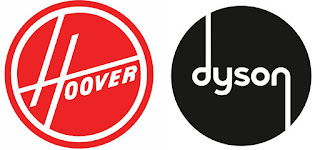Upin & Ipin Tee Printing Cases

10. Upin & Ipin Tee Printing Cases A garment wholesaler has been fined RM300,000 for having 150 T-shirts with the cartoon characters “Upin & Ipin” without permission from its copyright owner. Wholesaler Fook Tai Sdn Bhd, who was represented by its director Yap Kien Sing, 49, was slapped with the summons case in a Sessions Court (Intellectual Property) yesterday. The wholesaler pleaded guilty to owning the round neck T-shirts when its copyright belonged to Les’ Copaque Production Sdn Bhd at its premise in Lorong Haji Taib 4, Jalan Raja Laut, at about 5.30pm on May 22, 2009. According to the facts of the case, an enforcement team from the Domestic Trade, Co-operatives and Consumerism Ministry had raided the premises on that day with a search warrant. However, Yap failed to open the grille and left the place. It was only when the team sought help from the police that Yap unlocked the grille and allowed them to enter the premises. Th





